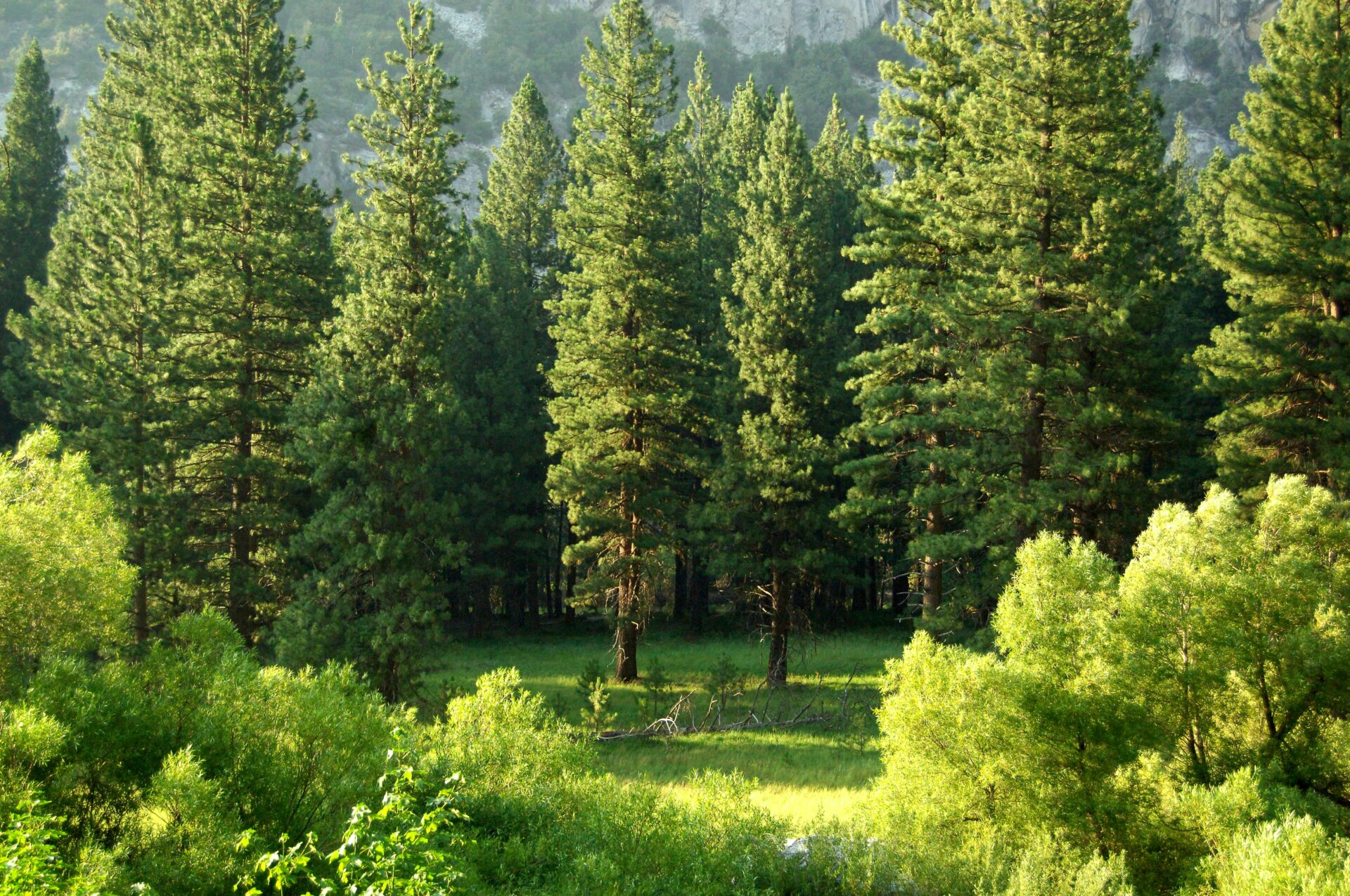This report evaluates the impact that administrative and ecological constraints might have on the amount of forest biomass that could be extracted for energy use in the Southeastern U.S. Using available spatial datasets, we quantified and mapped how the application of various “conservation value screens” would change previous estimates of available standing forest biomass (Blackard et al. 2008). These value screens included protected areas managed for conservation values, USDA Forest Service and Bureau of Land Management (BLM) lands, steep slopes, designated critical habitat for federally-listed threatened and endangered species, inventoried roadless areas, old-growth forests, wetlands, hydrographic (lake, stream, and coastline) buffers, and locations of threatened and endangered species (G1-G3, S1-S3).
Two alternative combinations of values were examined: in Alternative 1, all areas within value screens, including all Forest Service and BLM lands, were excluded from biomass development. In Alternative 2, Forest Service and BLM lands not afforded extra protection by such designations as wilderness or research natural areas were assumed available for biomass extraction; all other values continued to be excluded from extraction. In both alternatives, biomass located within the Wildland-Urban Interface (WUI) was assumed available for extraction regardless of conservation value screens.
The analysis was conducted at 100-m x 100-m resolution. Summary statistics were derived at three scales – entire study area, 13 states, and 24 World Wildlife Fund (WWF) ecoregions. Results were also summarized and mapped for all 1,342 counties.
Finally, we compared hydrologic datasets at two different scales (1:24,000 and 1:100,000) at multiple sample areas in the study area to evaluate how hydrologic scale might affect the delineation of riparian reserves and resulting estimates of biomass availability.

